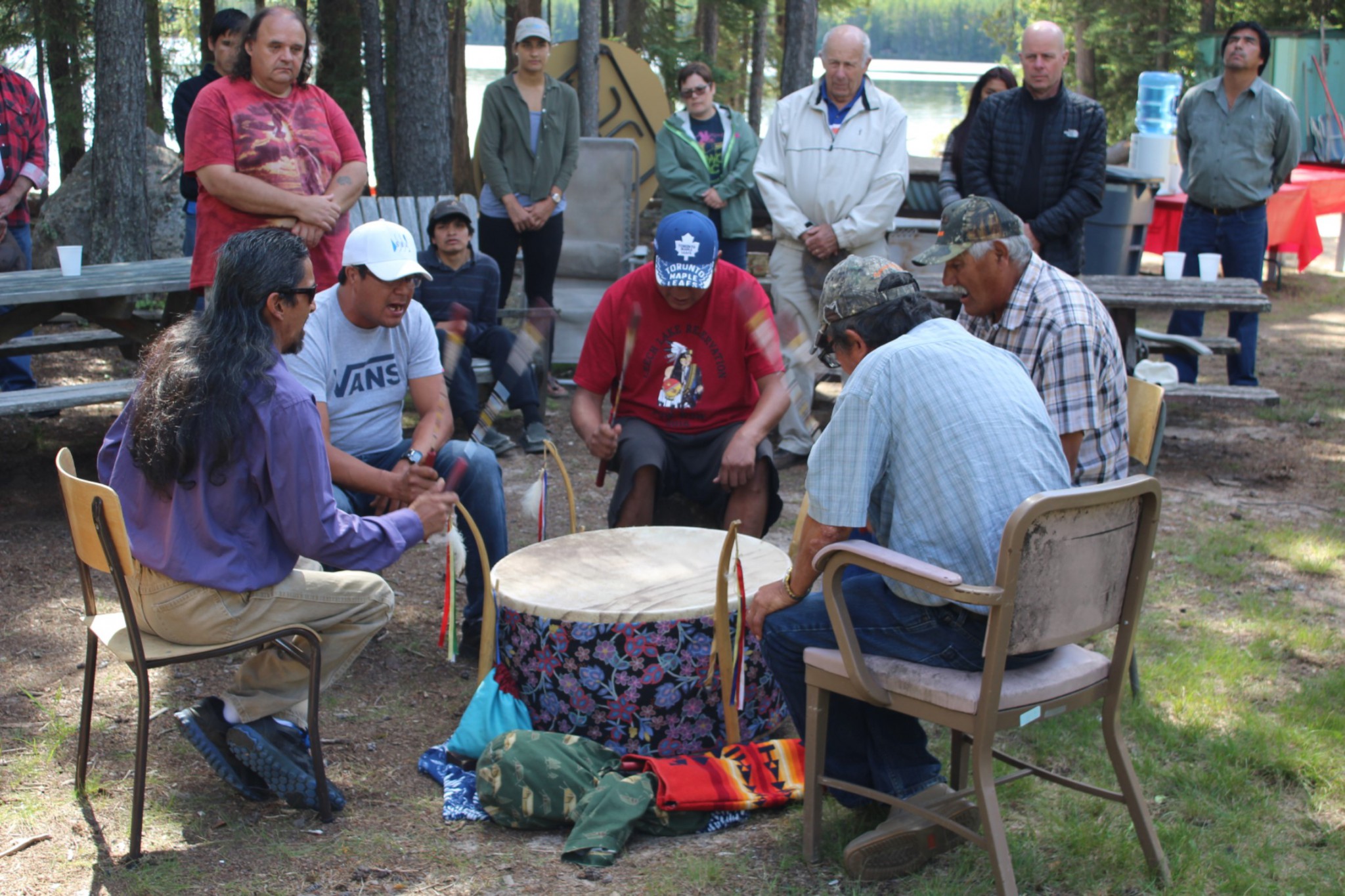News September 19, 2016
Reflections on a Summer of Aboriginal Engagement at IISD-ELA
By Michelle Balcaen, Community Based Monitoring and Outreach Assistant
This summer, I was pleased to be able to work at IISD Experimental Lakes Area (IISD-ELA) as a Community Based Monitoring and Outreach Assistant, focusing on expanding the site’s aboriginal engagement program, and it has been an eye-opening experience in many ways. It was my first time being introduced to whole-ecosystem experimentation and the revolutionary research that is changing how many scientists are approaching freshwater and ecosystem science.
As someone with a background in biology and chemistry, I learned that science can happen in even the most remote areas of our planet. As an angler, I learned that mucus from a northern pike might actually be quite useful in determining its stress levels, besides just being really slimy and smelly. As a student, I learned that you can never stop learning and that you should always have an open ear to listen to the experiences of people of all ages and backgrounds. Finally, as a member of my community, I learned that I have a huge responsibility to maintain and protect a relationship with the water and land that I’ve always loved.
IISD-ELA itself has also had its fair share of firsts this summer. We were able to launch our first week-long field course with a great group from Eagle Lake and Whitefish Bay First Nation called the Student Aboriginal Community Research and Environmental Development (SACRED) program. SACRED introduced high-school students to fish and lake sampling that was developed from the research that is currently taking place at IISD-ELA. The group also engaged in discussions about observations of a changing environment with Ojibwe Elders. The opportunity to introduce students to careers in environmental science was extremely rewarding, and I hope the program will continue to grow as we move forward in building relationships with First Nations.

The field course was part of my work engaging First Nations communities around IISD-ELA in outreach initiatives and initiating a community-based monitoring program. Building on initiatives that already exist across Canada and the experience of our own IISD-ELA scientists, we hope to work together with the Anishinaabe Nation to pilot an environmental monitoring program and establish baseline water-quality data in the region. I met with a number of different First Nations Elders, councillors, and community members who praised the work that IISD-ELA is doing and also stressed their concerns about the environment.
My whirlwind of a summer wrapped up with IISD-ELA’s 2nd Annual Fall Feast, which included over 40 people from six First Nations communities. Along with celebrating our achievements together, we had open discussions with Elders, youth, Grand Council Treaty #3 and IISD-ELA staff about our changing relationship with the land and water, in order to bring First Nations perspectives and knowledge into IISD-ELA research. It became evident that to truly respect this region and all it provides for us, we must become stewards of the land and water and realize that these relationships are fragile. We must keep the discussion going and share as much knowledge as we can to learn from many different perspectives, successes and failures. It is the only way that we can truly understand one another and understand our changing environment.
Before this summer, I had liked to believe that I was Northwestern Ontario born and bred. Don’t get me wrong: I’ve been in the region for my whole life, but never before have I felt more connected and knowledgeable about the region’s people, land and waters, and the challenges we face as one of the largest sources of fresh water in the world. This region is truly an expansive wealth of knowledge just waiting to be heard and shared with the world; someone just needs to start telling its story.
